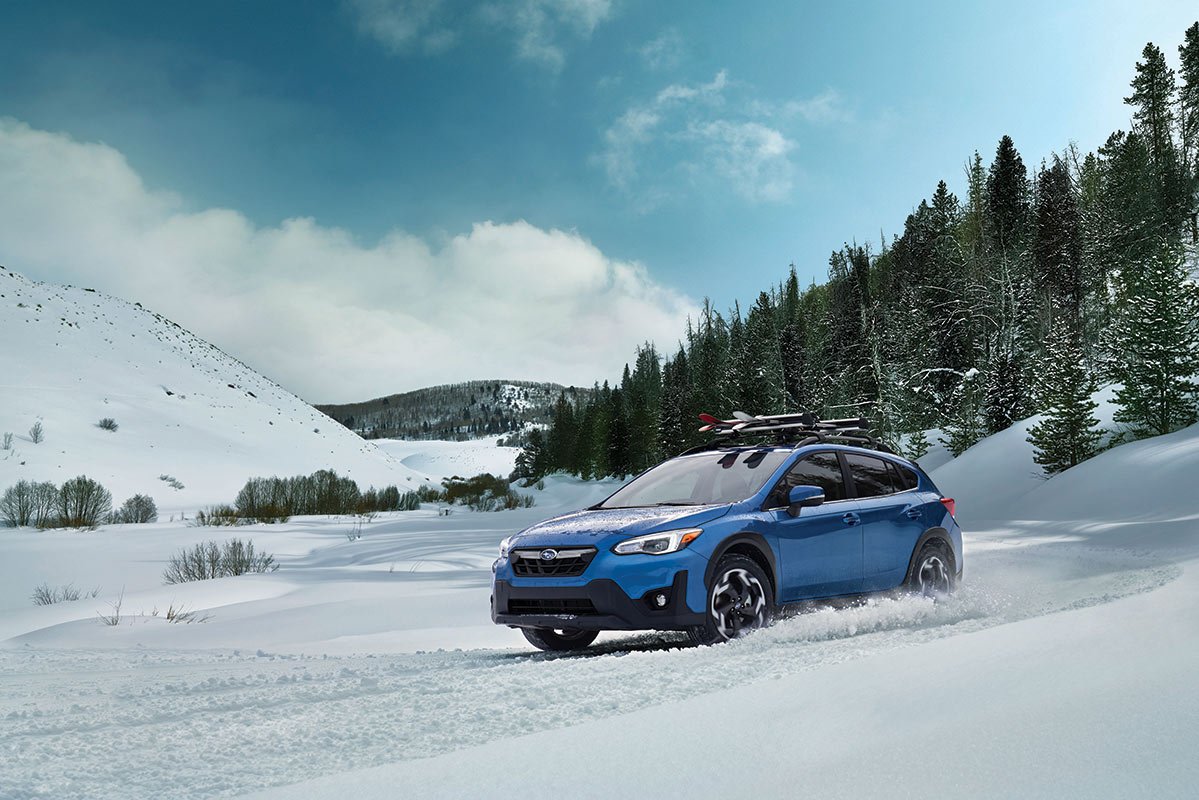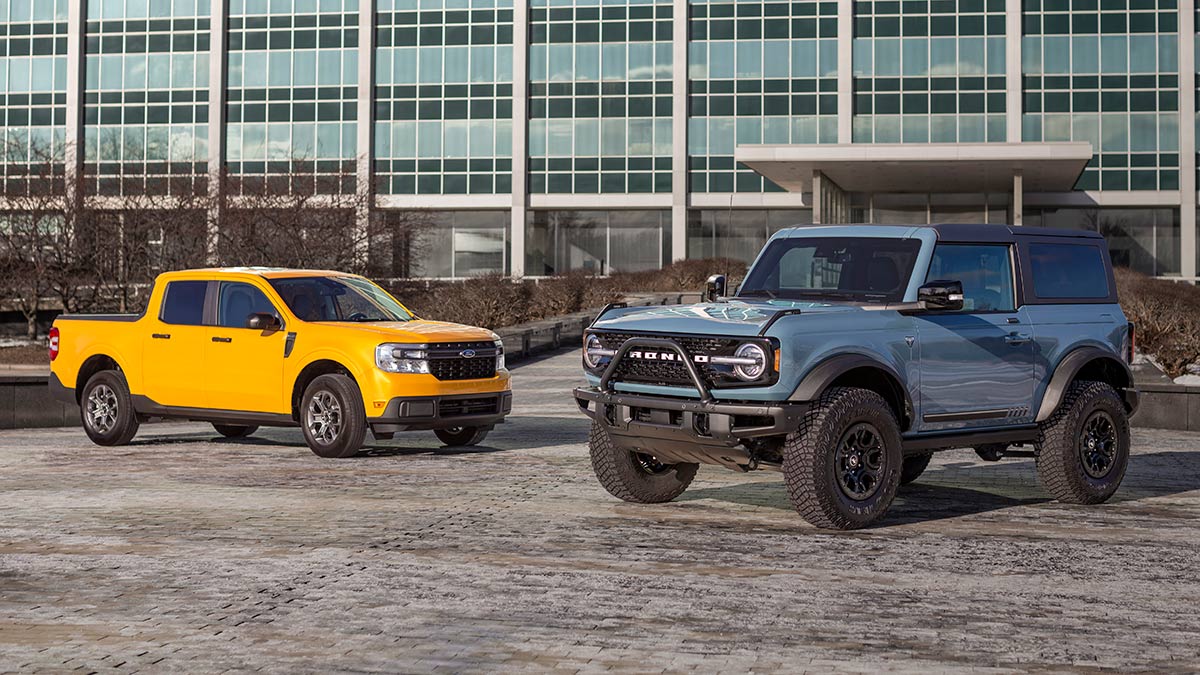How to Buy a Car During the COVID Pandemic (or anytime, really)
Chip shortages, inflated prices, used cars selling for more than new, blah blah blah. You know the deal: you need a car and, as luck would have it, they’re now more expensive than ever. So how does one navigate the cesspool that is our current automotive market? Short answer: you don’t. If you can manage to hold onto the car you have for another year or two, it can save you many headaches, thousands of dollars, and you’ll have more cars to choose from. The pandemic-induced chip shortage may have caused this mess, but it’s going to take some time for semiconductor and auto manufacturers to get back in the groove of things (likely into 2023). If you’re still dead set on buying a car (I commend your bravery), then read on. The long answer to our earlier question isn’t straightforward; and the right approach will depend on who you are, where you are, and what you need from a car.
I’ve gotten countless requests to help friends and family buy and sell their cars during this pandemic, and have bought and sold quite a few cars myself over these past few years. So buckle up for a series of logical (yet often overlooked) methods I use to ensure I’m getting a fair deal on both sides of the transaction.
Equipped with the tips and strategies I’m about to give you – and a bit of patience – you can walk into a dealership or private sale feeling confident and ready to take home a shiny new ride. Let’s start off with the basics.
What type of car are you looking for?
Notice I wrote “type” and not an exact make and model of car. Sure, it’s great to have a specific car in mind; but having options in this market is only to your advantage. Not being constrained to an exact color, trim, and spec will broaden your scope and open up more potential deals to pursue.
So ask yourself this: “What will I be using the car for most?” Whether it’s for your daily commute, cruising on the weekends, or taking the kids to soccer practice, your requirements will greatly change the required approach. Do you want a sedan with four doors, hatchback for more cargo space, crossover for more ground clearance, SUV for all-around usability, or a pickup truck for hauling things? Only you can answer these questions, and once you’ve determined your needs we can move forward.
Set a budget and stick to it
Have you figured it out? Great. Once we’ve determined the type of vehicle, now comes the fun part. This market (and the ones that came before it) rewards those who are not just ready to buy NOW, but also willing to walk away from a potentially undesirable deal.
Set a cap to your budget and stick to it. A maximum buying price that hasn’t been decided on prior to seeing a car is a scenario that’s most likely to result in a purchase that’s over budget. Don’t forget to factor in any government fees such as tax, licensing, and registration. These can add thousands to the purchase price of your vehicle – easily shooting the cost over budget and adding unnecessary stress (buying cars should be fun… right?).
If you need to take out a loan, make sure to find out the terms and interest rates available to you from credit unions and banks. You can then compare these with financing options provided by auto manufacturers. Often times (with good credit), one can secure a lower interest rate loan from a credit union compared to the manufacturer’s offerings – the key here is to explore all available options BEFORE shopping for the car.
Be a well-informed buyer
Now that we’ve got the type of car we’re after and the budget we’re working with, it’s time to hit the internet for some research. The research phase of the car buying process is one that newer buyers often overlook and displace the responsibility of onto the seller. I can’t explain how many times I’ve been told incorrect information by dealership salesmen and private sellers. Avoid from being at their mercy and do your own research!
With the vehicle type and budget in mind, we need to decide on some key attributes. Do we care about the country of origin (American, European, Japanese, Korean, etc.)? How about wheels driven (all-wheel drive, rear-wheel drive, front-wheel drive)? Gas or electric? Other key search criteria may include efficiency (mpg or range) and reliability (an easy method is searching the name of the car followed by “problems” or “recalls” – get creative and don’t be afraid to dive into vehicle-specific forums).
The easiest way to approach this is visiting all the websites of manufacturers you’re interested in. Find models that fit your aforementioned criteria, write them on a list, and slowly begin to form a chart of pros and cons for each model. Watching YouTube videos and reading articles on specific models (such as the ones we have in our Newsroom – wink wink) will get you better informed on what to expect from each car. Again, I can’t stress how important it is to do all these steps before heading out to see a car. Knowledge is power; so arm yourself with as much of it as possible to help you not only buy the right car, but ensure you don’t get ripped off in the process!
For the sake of writing this guide, I’ll just assume you’ve chosen to go with a Japanese crossover or compact SUV with no preference on which wheels are driven. Some options may include the Toyota RAV4 or Venza, Subaru Crosstrek or Forester, Honda CR-V, and Mazda CX-30 or CX-5 (this is by no means an exhaustive list). With these models in mind, we’d visit manufacturer websites and begin looking into all the specs, prices, and start filling out the chart I mentioned in the last paragraph. This may sound tedious, but trust that it’ll help in the long run.
You’ve made a list and checked it twice
Fun times lie ahead. With your list of cars in hand, now’s the time to map out all the dealerships in your area and start visiting, calling, and emailing. Stay vigilant! Many dealerships will advertise a car’s MSRP while tacking on additional dealer markups (ADMs) and expensive (often useless and undesirable) vehicle options like security systems and protection packages.
As a matter of principle, I suggest never paying a dime above MSRP. Under normal circumstances, MSRP was a number from which we’d haggle down from. Nowadays this is rare, but still possible. If you live in a high population area like Los Angeles County, consider traveling a bit and contacting as many dealerships as you can. Finding a dealership willing to sell a car at or under MSRP will be a challenging task, but less population-dense areas tend to yield better results.
When you do find a dealership with both your desired car and reasonable price, don’t go all gung-ho just yet! Remember to keep your cool and stick to your predetermined requirements and budget. It’s easy to get lost in the euphoria of car buying, but be prepared to walk out of the dealership if you find yourself compromising to make a deal. Patience is key, and this process likely won’t conclude in a single day.
I usually take the email approach: first searching dealership inventory and sending out emails to a dozen or so establishments. If you can get written confirmation of no additional dealer markups or packages via email, it’s advisable to visit those dealerships first. We’ve had a few instances where a salesman would agree to MSRP on a particular car over the phone, then “surprise” us with an ADM when we were on the showroom floor.
It’s also worth looking into incentives offered through Costco’s Auto Program if you’re a member. Although some dealerships aren’t honoring Costco’s pricing, those that are will offer a no-haggle price often below MSRP. Use their online tool to search for partnered dealerships and contact them using the same methods mentioned above. Some dealership groups also have a “no ADM” policy, but often have a waitlist associated with popular models. If you’re okay with waiting a bit, signing up for an allocation at one of these dealerships is a no-hassle way to get a new car at MSRP.
What if I want to buy used?
Buying a used car requires a bit more investigative work on your end. If you’re not mechanically savvy, it’s a good idea to have someone who is along with you when checking out a car. When it comes to used cars, you’re really buying the previous owner(s) and all the problems that come along with them. Maintenance history, receipts, invoices, and a vehicle history report are good ways to separate the headaches from well-maintained cars. This is really where all that research into a car’s problem areas will pay dividends. We’ve found that used car companies like Carvana and CarMax simplify the buying process and offer a return policy, but at the expense of prices well above what you’d find from a private party.
The tools we suggest for finding a used car are AutoTrader, AutoTempest, Craigslist, OfferUp, and Facebook Marketplace. The same methods used to buy a new car apply here as well. Cast a wide net and maintain your “walk away if something doesn’t feel right” attitude. Buying a used car is certainly a riskier process, but can potentially land you a great car at a reasonable price! Again, patience is paramount to finding the right car and getting a good deal. I’ve personally spent months looking for a car before finding one out of state from a private party, flying out from Southern California to Portland, Oregon, and driving it back (~1,000 miles). I’m not saying you’ll need to use a plane to buy a car, but sometimes it’s worth the effort!
If the car you’re looking for is a “specialty” vehicle, like a classic or desirable sports car, the same basic car-buying principles described above apply here as well. The search will often require more patience on your behalf and traveling out of state like I did. Getting the car delivered to you may also net a better purchase overall. For example, I may be limited to overpriced Honda Civic Type R’s here in Southern California; but getting one delivered from out of state for ~$1,500 will likely cost less than paying the ridiculous markups dealerships are asking here (if you can even find them). Every specialty car will require you fine-tune your buying approach to that car, but the basic principles remain the same.
And that’s that!
If you’ve read up until this point, I believe you have what it takes to find your next ride at the right price! As you could probably tell, it’s really not rocket science – but you’d be surprised at how most people don’t employ these tactics when shopping for a car! As I stated in the opening paragraph, you’ll likely be better off if you can handle sitting this market out until supply chain and chip shortages sort themselves out. If not, we wish you the best of luck in car shopping endeavors!
What are you in the market for? Let us know in the comments below and share any interesting experiences you may have had while shopping for a car. My latest funny dealership encounter involves an $80,000 2021 Honda Civic Type R and a salesman who was absolutely convinced it was “worth it” (the car’s MSRP is just under $38,000).














